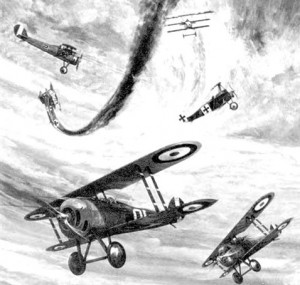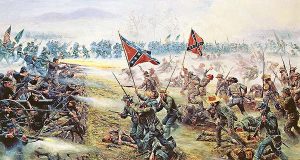War in the air Part II: Per Ardua Ad Astra
The Blizkrieg from Nazi Germany that opened the Second War in 1939 showed that apart from tank power, air power was a vital component of Hitler’s war efforts. Germany pounded the meagre defences of Poland from the air, breaking communications, causing death and chaos on a scale not known by the suffering Poles not even during their centuries of abuse by neighbours. Dive-bombers called Stukas were used by the Luftwaffe, and a malevolent touch was added by their fitted sirens, terrorizing populations as the bombers hurtled almost vertically down from brilliant blue skies, releasing their lethal cargo at the last moment before straightening out. Many pilots, very young and with very little experience, did not straighten out, with the result that the Stuka made a bigger hole in the earth than its bombs. The efficient and very fast Messerschmidt I09 and 110 fighters attacked the ramshackle Polish aircraft without mercy, destroying most of the aeroplanes on the ground even before the pilots could climb into them. Many of these young ill-disciplined but courageous young men escaped to England, and were to take an important part in the air Battle of Britain. Assault parachutists were dropped from heavier German aircraft – a new use of air power pioneered by the Germans and quickly copied by Germany’s enemies. Parachutists were extensively used in the attack and invasion of Crete in 1941. (more…)










